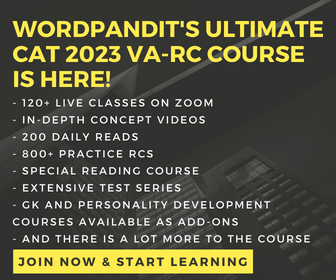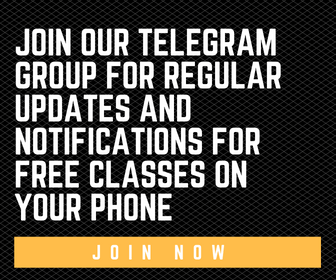Introduction
What is a Group Discussion?
Groups discussions are a tricky business, aren’t they? You need to think on your feet, come up with content, speak persuasively on the topic, make sense with respect to what you saying, and at the same time, exhibit utmost confidence. Well, that is the challenge.
Group discussions are all about speaking well in a competitive environment. You need to aware of yourself more than anything else, work on your presentation and public speaking skills so that you can master this art. Most B-schools are looking forward to a combination of content and confidence while testing students in this aspect of their personality.
Attributes needed for Groups Discussions
What are the qualities that GROUP DISCUSSIONS check in a candidate?
- Subject knowledge: The topic checks your subject knowledge and content
- Mental Framework: ability to think on your feet and exhibit a rational/analytical thought process.
- Communication Skills: Spoken English skills, non-verbal communication, flow in the communication process and ability to communicate your thoughts to others.
- Leadership Abilities: Ability to lead a group, and command respect from your peers.
Topic Presentation
Generating Content in A GD
This is one of the most critical aspects in a Group discussion: how does one generate content in a GD? There are a number of times when one is stumped by an issue and one has no clue whatsoever how to generate content about the issue. But instead of despair, you can adopt a lot more pragmatic approach to rid yourself of the problem.
Use any of the methods below to generate content:
Approach-1: Stakeholder’s Perspective Approach
Let’s assume the topic given to you is: Should Mercy Killing be legalized?
How do you tackle this topic?
The one answer to this question is that you have previous knowledge of the subject and you have an opinion on it. In that case, the problem does not exist. But if this is not the case, how you go about it? Well, you the ‘Stakeholder’s Perspective Approach’. Under this, just do the following:
STEP 1: Identify different stakeholders/parties involved in the debate. In the current debate, we have the following stakeholders: the victim or the patient, the family of the patient, the government and legal machinery and finally, the society and its views on mercy killing/euthanasia.
STEP 2: Identify the views of each stakeholder on the issue, or the possible views (points for the motion, against the motion, opinions, hypothesis etc.)
Once you have carried out the above, your ARSENAL is filled with points now. Basic common sense: you should at least have the same number of points as the number of stakeholders (minimum of one point for each stakeholder). Now are you happy with all the points on a alien topic?
Approach-2: Identifying Keywords
This is the second approach that you can adopt while generating content: focusing on keywords in a topic. For example, in the topic above (Should Mercy Killing be legalized?), the key words are: Mercy Killing and Legalized.
Common sense tells us that mercy killing is not legalized; else the topic would not have been framed this way. Steps in this approach:
STEP 1: As an individual, identify your stand on the topic. How do you do that? By simply looking at the key words. Step 1 for you is to define mercy killing (The act of killing someone painlessly, especially someone suffering from an incurable illness).
STEP 2: Once you have identified the meaning of the key word, identify your opinion on it. Do you agree with it or disagree?
STEP 3: Identify your reasons for the above. Each reason you choose is actually one point for the discussions.
VOILA, by focusing on a few key words, you have managed to solve the problem.
Approach-3: Using the ‘SPELT’ Approach
‘SPELT’ simply breaks down to five words: Social, Political, Economic, Legal, Technology
This is an extension of our first approach, the only difference this time being that it specifies the five lenses that you need to adopt while analyzing an issue. The five are explained as below:
- Social: how does the topic affect the society?
- Political: What is the role of the government/administration and what is their view?
- Economic: What is the economic impact of any side adopted in the debate?
- Legal: What are the legal aspects involved?
- Technology: Are there any constraints placed by technology?
If you observe closely, the topic above fits in perfectly with these criteria’s and you can generate a number of points for it.
Conclusion
You have given three useful tips on how to generate content for a Group discussion. Your task is to carry out this exercise with the list of topics provided to you. Get back to us in case you struggle to generate points on any topic.


















